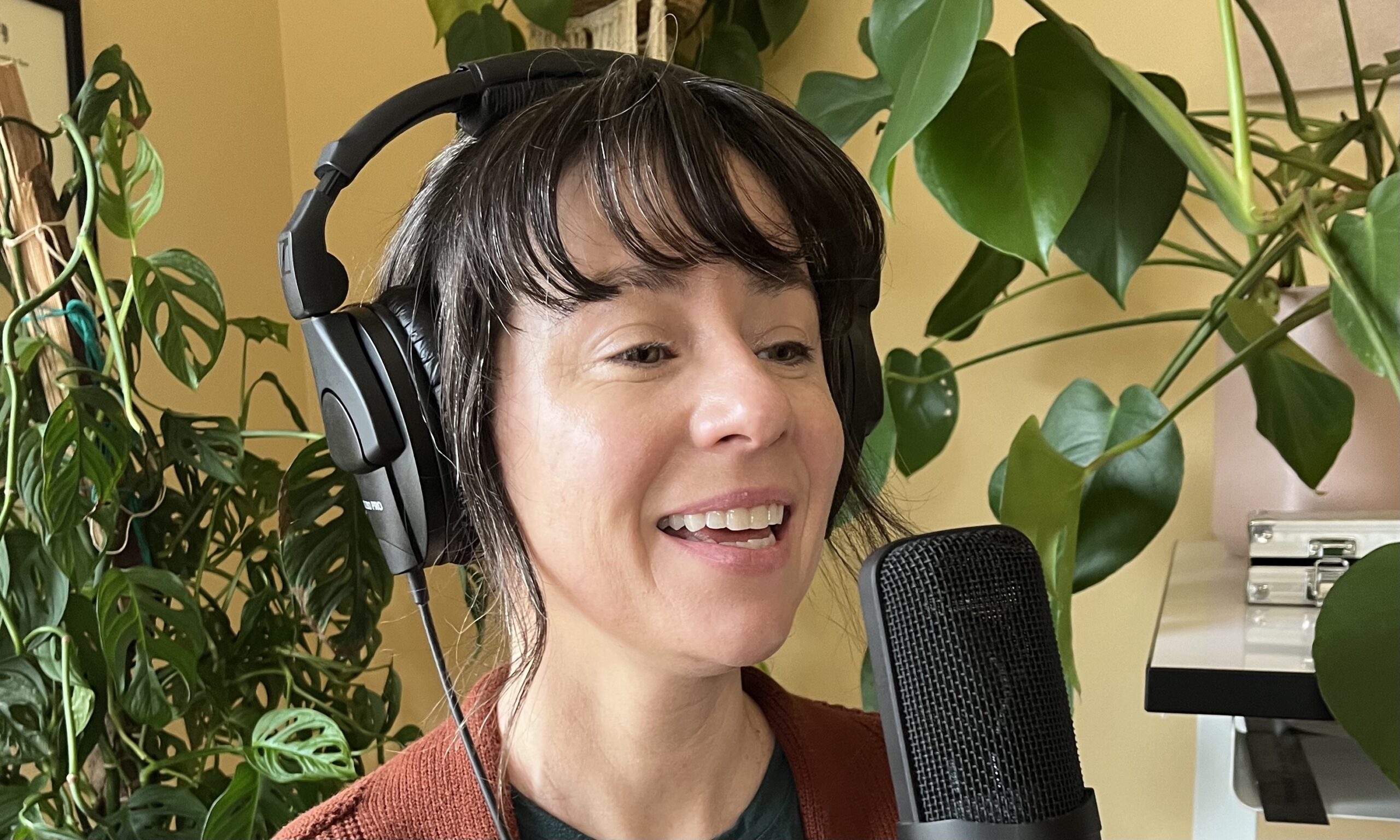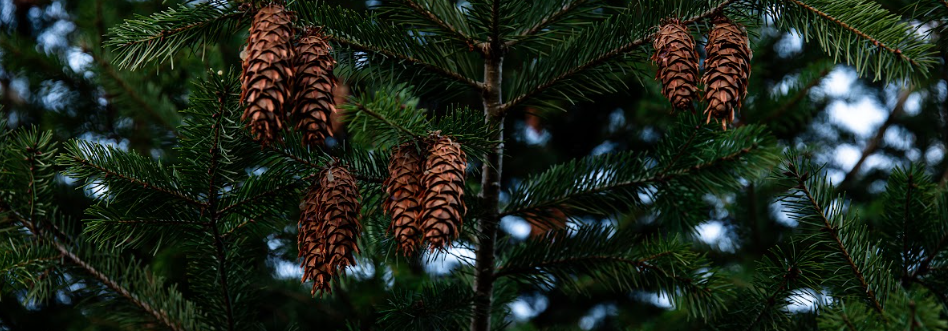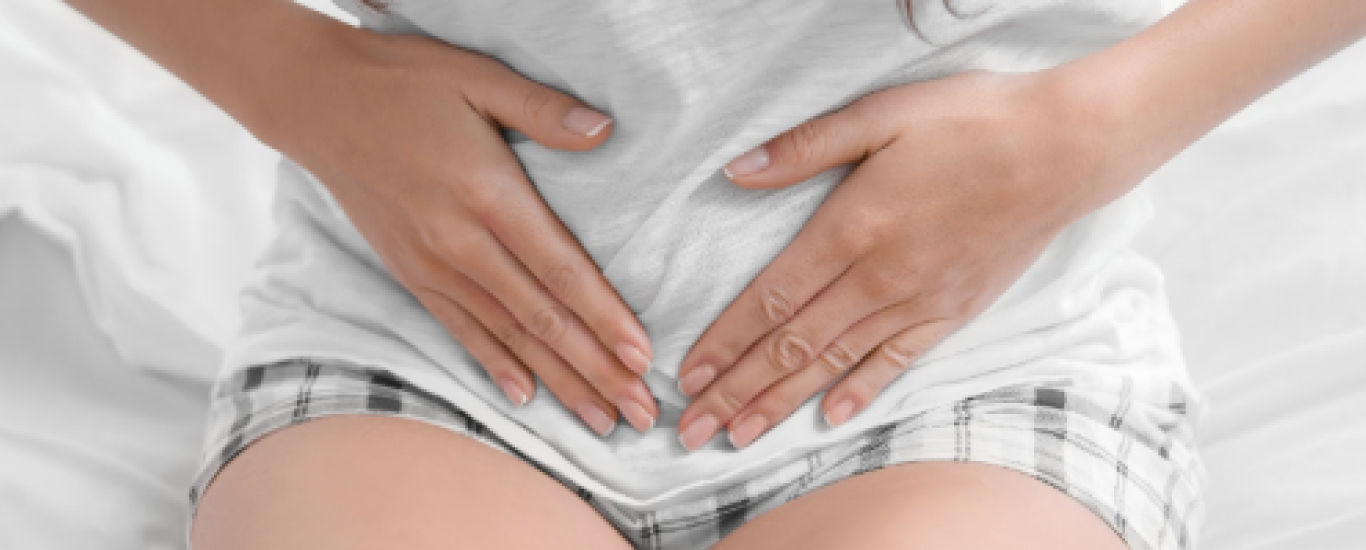You probably know when your period is coming—the dreaded PMS time of the month has arrived. Are you dreading the days before your period because you just know you will be suffering! For some women, it’s not that big of a deal. We joke about our craving for sugar. We complain that our jeans are a little tighter. You know it’s a natural healthy part of life and it will pass. As many as 90% of us women experience the bloating, headache and moodiness we normally associate with PMS or premenstrual syndrome.1
But for others, it can be debilitating. Up to 75% of women will suffer from symptoms that threaten their work life and relationships. Their symptoms are more intense from what should be a natural part of life. Did you know that 20% of women experience symptoms to the degree that warrants clinical treatment?2 Another 8% of us will suffer from symptoms so extreme that the problem has a new name PMDD or Premenstrual dysphoric disorder (PMDD).
How can you know for sure that it’s PMS? To know for sure your symptoms are being caused by PMS, keep a journal for three months to see if the symptoms are showing up at the same time each month consistently. Be sure to track how severe your symptoms are. You can also schedule an appointment with Dr. Kate for more specifics, she would be happy to help.
What Causes PMS?
The real cause of PMS is simple. Your hormones are out of balance.
Your hormones have a natural balance. But regular everyday parts of our lives can cause our estrogen and testosterone to become out of balance. Too much sugar. Too many refined carbohydrates. Too much caffeine. Increased stress. You can even add hormones from dairy or meat products you eat. All these factors can cause you to have a hormonal imbalance. This hormonal imbalance may be affecting your PMS symptoms.
When your hormones are out of balance your body tries to rid itself of the excess. Your liver does this for you. Sometimes your liver doesn’t do this job as well as it should. If in the past you drank too heavily, you could have damage to your liver. This could be preventing it from expelling your excess estrogen.
Gut biome is all over the news today. We are learning how a healthy intestinal environment affects our health in a variety of ways. An unhealthy gut biome can be a factor in your PMS symptoms. For example, constipation or an imbalance in your gut bacteria can cause reabsorption of estrogen in the gut back into the blood even after your liver has tried to get rid of it. The estrogen then recirculates and creates that imbalance that is causing your symptoms.
What To Do?
Good news. There is absolutely no reason to suffer. There are several natural, holistic ways to make this normal part of life a little more bearable.
The first step is to clean up your diet. Cleaning up your diet will reduce the inflammation that may be affecting your symptoms. Within as little as 10 days you can reduce the inflammation in your body. Lowering the inflammation in your body can help ease symptoms.3 Eat a whole foods diet. Be sure to eat plenty of dark green vegetables. Add in squash in the form of soups which are comforting this time of year. Make sure your diet includes all colors of the rainbow in the form of fruits, nuts and seeds. This will give you extra fiber and nutrients, such as calcium, and potassium needed to support healthy liver function to help with inflammation.
You know this next suggestion is coming, but as hard as it will be, ease up on the sugar. (I know this will be hard around Valentine’s Day). Sugar, liquid sugar (think High Fructose Corn Syrup), and refined carbohydrates all convert to glucose in your body. This creates higher than necessary insulin levels which can be a cause of inflammation. The exact opposite of what you want to happen if you are trying to ease those PMS symptoms in a natural way.
Also, take a look at how much caffeine you are consuming. Caffeine in the form of coffee, tea, and sodas all have high levels of caffeine. And caffeine can also raise inflammation levels. Consider trying to drink herbal teas and more water.
Another area of your diet to clean up is your intake of dairy. Try eliminating dairy and see if it doesn’t help to ease your symptoms. Consider substituting almond milk or oat milk for regular dairy. Sometimes the hormones in our dairy products will interfere with our normal hormonal balance.
Consider adding flax seeds to your diet. Flax seeds contain lignans that help balance hormone metabolism and block the negative effects of excess estrogens. 6 Add some flax seeds to your morning smoothie.
Not sure where to start with your diet. Schedule an appointment to review your diet plan and to make sure you are doing all you can to avoid symptoms. Check out Dr. Kate’s Optimizing Menstrual Cycles meal plan to optimize your diet and health.
Will Supplements help?
You’ve cleaned up your diet but still feel like maybe something else might be helpful. Now might be a good time to consider some supplements.
A good place to start is with a good probiotic. A good probiotic, such as this one from Throne, is recommended. A good probiotic will help reset your gut biome.
Studies show that taking vitamins and minerals can provide much needed relief. Try taking some vitamin D, calcium, magnesium and try this vitamin B.4 B6 has been shown to relieve fluid retention and improve mood. Lack of magnesium in your blood cells has been shown to cause PMS symptoms. Magnesium helps to support healthy hormone function.
A high quality brand of Chasteberry fruit extract (Vitex Agnus-astus). Chasteberry fruit extract can help balance the hormones released by the pituitary gland. These hormones control your overall hormone function. Studies of over 5,000 women have found it effective.5
Will Exercise Help?
You probably already knew this, but yes, exercising will help you feel better. Exercise increases endorphins which make you feel good. Try walking, biking, running, swimming, or dancing. Anything that helps with those good feeling endorphins are all good choices. Increased endorphins may help reduce cramps and bloating that come with PMS. No need to be an athlete, just the exercise that you enjoy the most will bring on those happy feelings.7
What About Stress?
Sometimes the stress of everyday life can build up and knock your hormones out of balance. Stress can make your symptoms much worse. Make sure that you are working to control your stress level in healthy ways during this time of the month. It might be time to take up yoga. Studies have shown that 8 weeks of yoga may decrease cramps, decrease abdominal swelling, and increase your energy levels.8
Not a fan of yoga, try meditation. Dr. Kate is a big fan of meditation. People have been meditating for thousands of years. Meditation can actually help cause changes for the better in your brain. People who meditate on a regular basis report feeling calmer. They also report increased self awareness. Aim for at least 10-15 minutes a day to help ease your PMS/PMDD symptoms. There are so many options for mediation right now. Check out YouTube Videos, apps on your phone, or a guided meditation class.
Will Aromatherapy Help?
You love the smell of essential oils. But can they help ease your symptoms? For centuries, women have been using plant oils to ease PMS and PMDD symptoms. Did you know that inhaling lavender oil has been proven to ease PMS symptoms such as depression and confusion?9 In addition to lavender, try chamomile or other soft florals in your bath water or in a diffuser. These calming aromas travel through your nose to reach your brain where they can trigger a relaxed, calm, easy feeling. Clary Sage applied during massage to the back or abdomen has a mild sedative feeling and anti-inflammatory effects. Essential oils are a great addition to your bedtime ritual to promote a good night’s sleep.
The Importance of a Good Night’s Sleep
Lack of sleep can cause you to feel fatigued but also cause you to be more sensitive to pain and more irritable. 33% of women complain that their sleep is being interrupted during that time of the month. So what can you do to make sure you are getting enough sleep. Consider self care in the way of a hot bath with some essential oils or soft floral flowers to help you relax before going to bed. A massage can keep those hormones level even which will help you sleep better. Try sleeping with a window open. The more fresh air the better. Even in winter. As little as 10-15 minutes of fresh air can help circulate the air in the room. So if you can sleep with the window open, keep it open while your winding down and then close it before drifting off.
Music is Good for the Soul and Good for PMS/PMDD
Did you know that music has been shown for centuries to be able to ease pain. While any kind of music helps ease pain, listening to classical music can help relax the body and even lower your blood pressure? A little Bach, Vidaldi, or Beethoven could help in a natural way to ease the symptoms of pain, brain fog, and sleep disturbances.10 Dr. Kate curates thoughtful Spotify playlists for each part of your cycle.
Pop some classic music on while you float in your hot bath to relax your body and prepare yourself for a great night of sleep.
Can PMS/PMDD be Cured?
While some symptoms of PMS/PMDD may be addressed with supplements, lifestyle changes, and holistic health remedies, it’s important to remember that menses is a natural normal part of being female. It’s a part of our lives meant to be celebrated. Menstruation is self-care. This is a natural normal part of your life, not a time to dread every month. It’s a time for cleansing, rejuvenation and good health. Your period is a normal part of your life and should not debilitate you.
If you have tried several of the above suggestions but you are still suffering from PMS or PMDD schedule an appointment to check in with Dr. Kate. You and Dr. Kate can discuss all your options that have been shown to be effective in addressing PMS/PMDD.11
References:
- https://www.ncbi.nlm.nih.gov/pubmed/16734317
- https://www.ncbi.nlm.nih.gov/pmc/articles/PMC3017419/#__abstractid464289title
- https://www.ncbi.nlm.nih.gov/pmc/articles/PMC5311461/
- https://www.ncbi.nlm.nih.gov/pmc/articles/PMC6491313/
- https://www.ncbi.nlm.nih.gov/pmc/articles/PMC6494412/
- https://www.ncbi.nlm.nih.gov/pubmed/8077314
- https://www.ncbi.nlm.nih.gov/pmc/articles/PMC3748549/
- https://www.ncbi.nlm.nih.gov/pmc/articles/PMC3748549/
- https://www.ncbi.nlm.nih.gov/pmc/articles/PMC3748549/
- https://ccforum.biomedcentral.com/articles/10.1186/s13054-015-0855-3
- https://www.ncbi.nlm.nih.gov/pubmed/23290881




